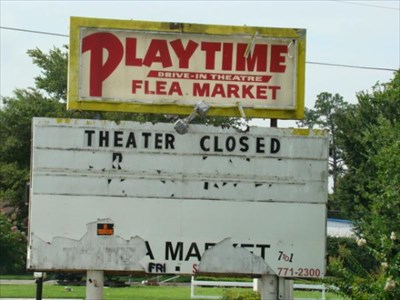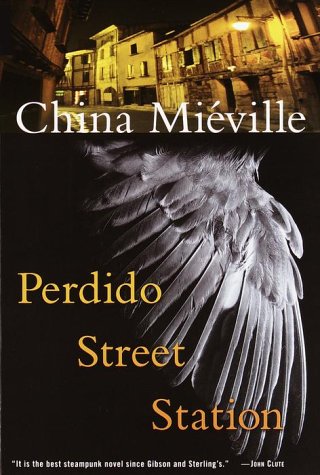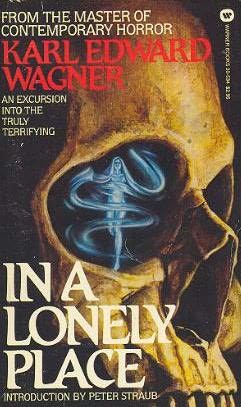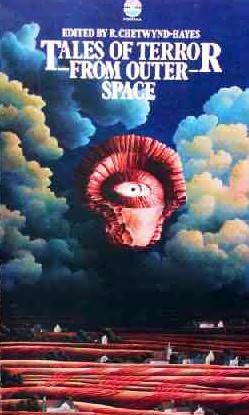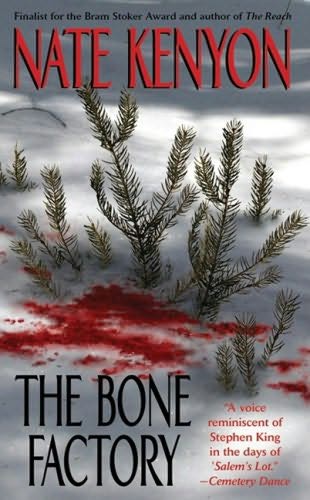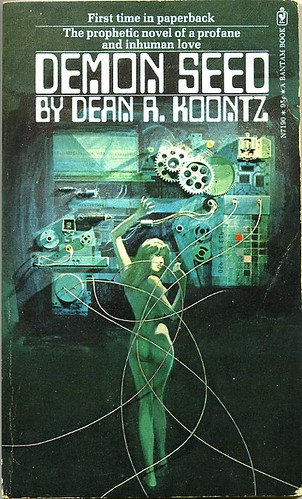
Once more, The Travel Channel has sent us the latest Ghost Adventure episode update, starring Zak, Nick and Aaron.
Episode info:
The guys head back to where it all began at the Washoe Club in Virginia City Nevada. They are re-visiting the location where they got their first documented video evidence of a ghost. The reason for their return is that several investigators have recently caught voices inside the Washoe Club calling out Zak and Nick by name.
The voices don't have nice things to say. Fellow investigators Mark and Debbie Constantino show the guys some EVP's saying, "Nick Groff," "Hate Nick," and "Zak look out." It appears the these spirits have unfinished business with Zak, Nick, and Aaron.
The guys will also be locked down in a location they did not visit during their previous investigation: The Chollar Mine. It is said that there are spirits of miners still stuck inside the mine. Countless men have died inside the mine thanks to fires, falls, electrocution. Once locked down, the guys hear the sounds of people working inside the mine.
Sneak Peek Clip:
That's this Friday, December 4th, at 9 E/P on Travel Channel. Don't miss it!
Connect with the show:
Web: http://www.travelchannel.com/TV_Shows/Ghost_Adventures/
Twitter: http://twitter.com/GhostAdventures
Facebook: http://www.facebook.com/GhostAdventures
Episode info:
Many say that Remington Arms is cursed from the hundreds of thousands that have died as a result of the products manufactured there. If that weren't enough, there were dozens of accidental deaths and murders inside the factory.
There is one story about two men who fell into the lead smelting pots within the factory. As they fell into the molten lead, they were instantly killed. There is a theory that when you experience such a quick tragic death your spirit can't leave that place. The guys decide to leave a static camera in this location and you won't believe what they find.
Before the investigation even gets started, the guys feel unwelcome. While they are walking around in the middle of the day they hear unexplained hammering around the building, their camera lights stop working and they hear voices. The spirits were letting Zak, Nick, and Aaron know that they are in for an interesting night.
Videos:
Once more, that's this Friday evening-11/27/09- 9 PM E/P on the Travel Channel.
Connect with the show:
Web: http://www.travelchannel.com/TV_Shows/Ghost_Adventures/
Twitter: http://twitter.com/GhostAdventures
Facebook: http://www.facebook.com/GhostAdventures
This Friday, the Ghost Adventures crew investigates Ohio Reformatory, one of the most active paranormal spots in the United States. The spirits here are some of the most aggressive Zak, Nick, and Aaron have ever encountered.
You don't want to miss the premiere this Friday at 9 PM E/P on the Travel Channel.
Episode info:
The spirits at Ohio Reformatory are angry. It seems to be infested with aggressive spirits. The prison has a long history of violent attacks. There have been over 155,000 inmates to pass through the prison in the last century. Both guards and former inmates tell stories of seeing the worst elements of the human spirit.
A former inmate, tells the guys a story about a man named Lockheart in the cell next to him. One day Lockheart decided to douse himself in paint thinner and set himself on fire. By the time anyone arrived to help, he was already dead. As Lockheart was dragged out of his cell to be put out, there were trails of burnt skin on the floor behind him.
Outside the prison is a graveyard full of inmates who died within the walls of the prison. Since nobody claimed them, they were buried in the prison graveyard. Finding an old relative won't be easy though, since the only identification on the gravestones are the inmate's prisoner numbers. After Zak learns this, he says "I think when there's a dishonorable burial, there is a recipe for trapped souls."
Haunted Cells of the Ohio Reformatory:
Ohio Reformatory: Friday, November 20th, at 9 E/P on Travel Channel.
Connect with the show:
Web: http://www.travelchannel.com/TV_Shows/Ghost_Adventures/
Twitter: http://twitter.com/GhostAdventures
Facebook: http://www.facebook.com/GhostAdventures
This Friday's episode is the result of a dream come true for Zak, Nick, and Aaron, as they investigate one of the darkest paranormal locations on earth: Poveglia Island. It is one of the scariest, most difficult experiences any of the guys have been through. So disturbing in fact, that they chose not to include some scenes in this episode.
You don't want to miss the premiere this Friday at 9 PM E/P on the Travel Channel.
Episode info:
This week Zak, Nick, and Aaron visit one of the darkest spots on earth: Poveglia Island. On Poveglia, is an insane asylum built on the ashes and bones of thousands of bubonic plague victims. Thousands of people have died on the island as a result of plaugue, war, tsunami, and murder.
Many of the locals in Venice refuse to talk about Poveglia. They are even banned from visiting the island by the Italian government. Part of this dark energy is because during the plagues anyone who showed signs of the illness was taken to the island against their will. They would be left to die, and once they did, their bodies were burned and buried.
At one point Zak is overcome with anger and hatred. He believes he was taken over by a demonic spirit, but he chose not to include all that happened in the episode because is it so personally disturbing. It is the first experience to ever force the team to pause an investigation out of fear for their safety.
Burial Fields of Poveglia Island
Connect with the show:
Web: http://www.travelchannel.com/TV_Shows/Ghost_Adventures/
Twitter: http://twitter.com/GhostAdventures
Facebook: http://www.facebook.com/GhostAdventures
The good folks over at The Travel Channel have been good enough to send us some fresh news about Zak and the boys with Ghost Adventures:
This week's new season opener (11/06/09) promises to be another chilling one. This week Zak, Nick, and Aaron will be at Pennhurst State, a school for the developmentally disabled, which was forced to close its doors in 1987 after numerous, heart-wrenching allegations of abuse and neglect.
Catch the episode premiere at 9 PM E/P on the Travel Channel.
Episode info:
Pennhurst State became infamous in the 1980s when word spread about the despicable conditions in which the patients were forced to live. Pennhurst was home to more than 3,000 mentally challenged, mentally disabled, and developmentally disabled patients. There are countless claims of abuse. This partly because while the local zoo spent $7.15 on their animals per day on their wards, Pennhurst could only afford $5.90.
When Zak asks Dr. James Conroy (Co-President of Pennhurst Memorial) if there was ever sexual abuse at the school. Dr. Conroy replies, "Absolutely. Constantly. Every night."
While the school was opened, there was a deafening sound from thousands of patients screaming. Today the sound of those screams has been replaced with a skin tingling silence. Needless to say, there is enough dark energy in this place to make your hair stand up end.
Videos:
Video clip of the Pennhurst State investigation:
But before the new episode. the boys will be talking about last week's live show:
Tune-in info:
Ghost Adventures - Pennhurst: Friday, November 6th, at 9 E/P on Travel Channel.
Ghost Adventures Live Postmortem: Friday, November 6th, at 8 E/P on Travel Channel.
Connect with the show:
Web: http://www.travelchannel.com/TV_Shows/Ghost_Adventures/
Twitter: http://twitter.com/GhostAdventures
Facebook: http://www.facebook.com/GhostAdventures
So paranormal fans, make sure to tune in tonight for the all new episode and new season opener of Ghost Adventures. And remember to tune in here at The Black Glove each week for more episode updates on Ghost Adventures, courtesy of The Travel Channel.
--Nickolas Cook
(The Black Glove thanks The Travel Channel for their time and efforts)

